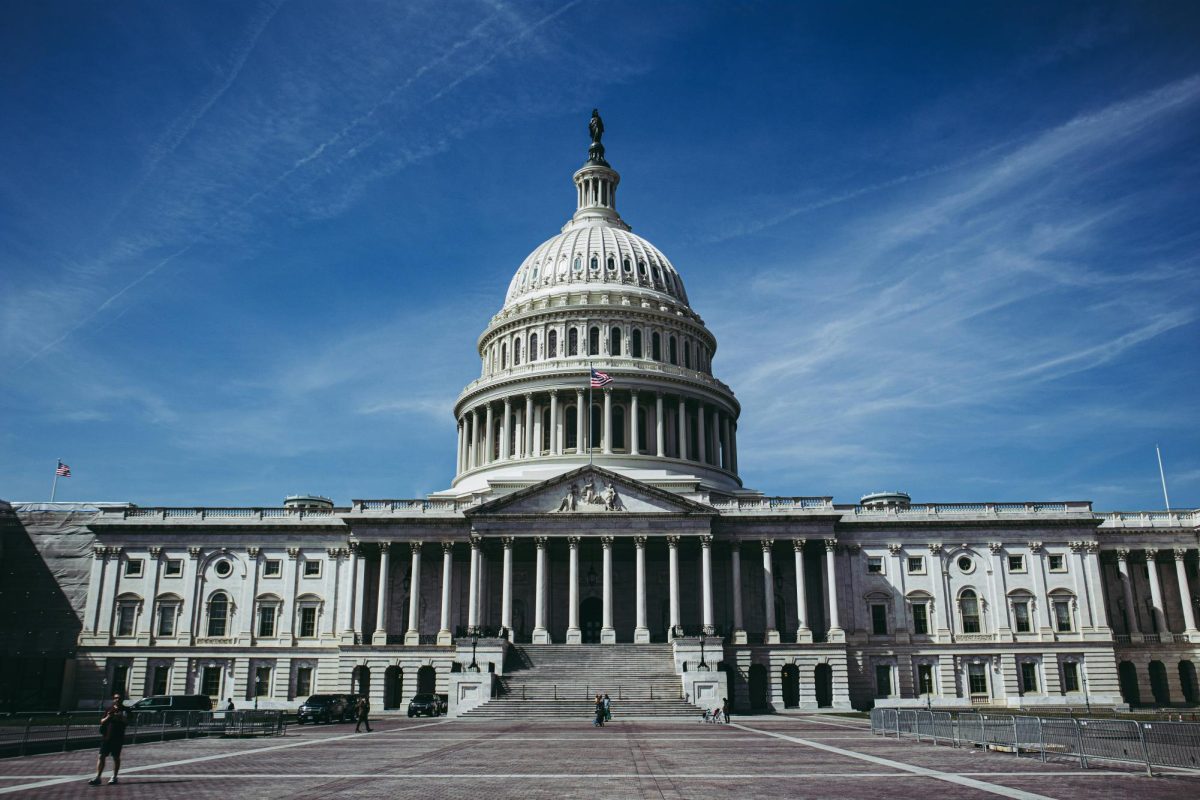Climate Change: End of the World?
January 5, 2015
There’s no denying it. Climate change is a real and eminent threat to the survival of mankind. Its effects are visible throughout the world. Whether it be the increasingly frequent occurrence of droughts or the melting of the Arctic Circle, climate change’s impacts on the world are easily observed. So what is to be done about it?
Well, for anything to be done about it, we must come to a unanimous recognition of it. According to a NASA report on climate change, ninety-seven percent of climate scientists agree that there has been a warming trend. This is not the case for our nation’s Congress, though.
A common point of frustration for climate watchers is the fact that the political climate of the United States makes it difficult to do anything about actual climate change. Politics is financially driven, and certain industries, such as coal and oil, fund a significant number of politicians and employ a significant number of constituents for these politicians, which leads them to presenting and supporting anti-environmental policies, programs, and regulations in Congress. These politicians often claim that there is no evidence that truly supports climate change, or they deny that it’s all that bad. These individuals are often labeled “climate change deniers.” These people make it very difficult to pass any legislation for the benefit of the environment.
For these individuals in Congress, the future for their denial may become too difficult to support. Recent data from a NASA study of climate change presents some staggering statistics. For one, NASA reports that “global sea level rose about 17 centimeters (6.7 inches) in the last century. The rate in the last decade, however, is nearly double that of the last century.” This may seem miniscule to some, but if it continues to rise at this rate, cities like New Orleans that are built below sea level could see tragic repercussions. The rise of sea levels is attributed to two factors of global warming. One is the melting of land ice and the other is the expansion of sea water as it warms up. The effects of the rising sea levels could be catastrophic.
Another piece of evidence for climate change is the rise of global temperatures. According to the same NASA study, “All three major global surface temperature reconstructions show that Earth has warmed since 1880. Most of this warming has occurred since the 1970s, with the 20 warmest years having occurred since 1981 and with all 10 of the warmest years occurring in the past 12 years.” Most climate scientists agree that the biggest cause of these increasing temperatures is the expansion of the greenhouse effect which is the result of human industrialization. NASA defines the greenhouse effect as “warming that results when the atmosphere traps heat radiating from Earth toward space.” The gases that contribute the most to the greenhouse effect are water vapor, carbon dioxide, methane, nitrous oxide, and chlorofluorocarbons, all of which are increasing due to human activity.
One final piece of evidence presented in the NASA report that seems to clearly and empirically prove that the issue exists is the shrinking of the Greenland and Arctic ice sheets. Both ice sheets have decreased in mass drastically. Data from NASA’s Gravity Recovery and Climate Experiment show that Greenland lost approximately 150-250 cubic kilometers of ice between 2002-2006 while Antarctica lost 152 cubic kilometers of ice between 2002-2005. If these ice sheets melt entirely, which seems likely, global sea levels would rise by over 200ft.
So what is being done to fight climate change? Well, in 2013, President Obama announced that he would pass a series of executive orders aimed at reducing carbon pollution. Carbon is the leading pollutant contributing to climate change, so implementing policy to reduce its emissions is a start. The U.S. Department of Energy is also contributing to the fight by conducting research to find innovations that make fossil fueled technologies cleaner and less harmful to the environment as well as by developing renewable energy technology.
More recently, President Obama and Chinese leader Xi Jinping were able to strike a deal to limit the emissions of greenhouse gases. This is a large accomplishment as it’s the first time China has committed to reducing emissions and, more importantly, it’s the first time the world’s two largest greenhouse gas emitters have agreed to reduce emissions. Together, China and the U.S. account for 45% of the world’s greenhouse gas emissions. With a combined effort, they could have a significant impact on the global climate.
There’s no denying it now. Climate change is an existential threat to the human race. However, this doesn’t mean it can’t be stopped. With an increase in awareness and enough support, the world may be able to slow down the process of climate change and, perhaps, defeat the threat to ensure the survival of our species.











































